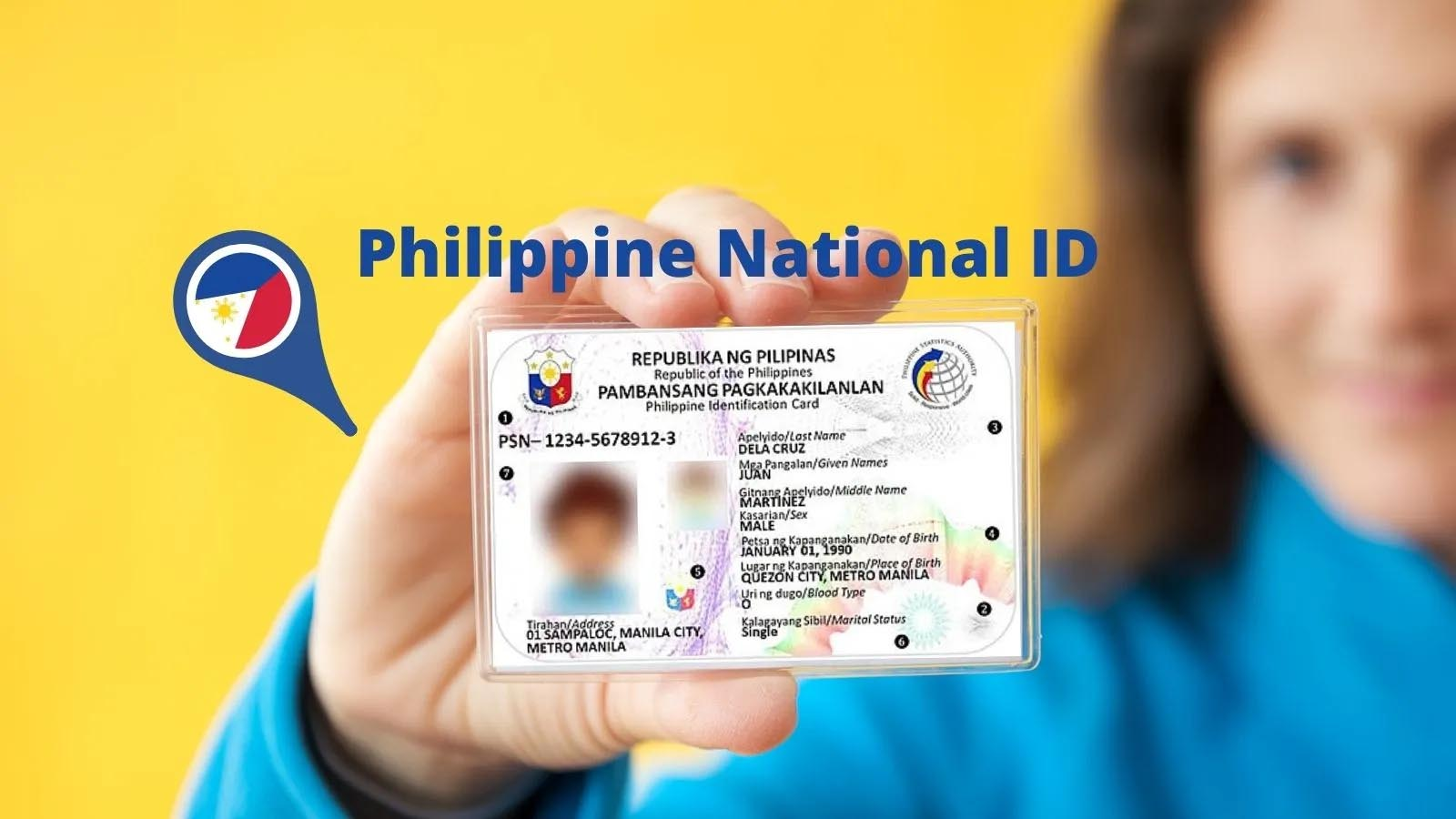Enrolling in a driving school is a smart investment for anyone looking to learn how to drive. While it might seem tempting to save money by having a family member teach you, professional instruction offers invaluable benefits. Trained instructors provide structured lessons that cover essential skills and road safety, ensuring you learn proper techniques and defensive driving strategies.
Additionally, completing a recognized driving course is a requirement by the Land Transportation Office (LTO) for processing your license. This training not only helps you avoid costly mistakes and potential accidents but also builds your confidence on the road. Ultimately, the structured learning environment of a driving school equips you with the knowledge and skills needed to ” Learn How to Drive: List of LTO-Accredited Driving Schools” , be a responsible driver, making it well worth the investment.
8 Reasons to Attend a Driving School in the Philippines
Learn How to Drive: List of LTO-Accredited Driving Schools
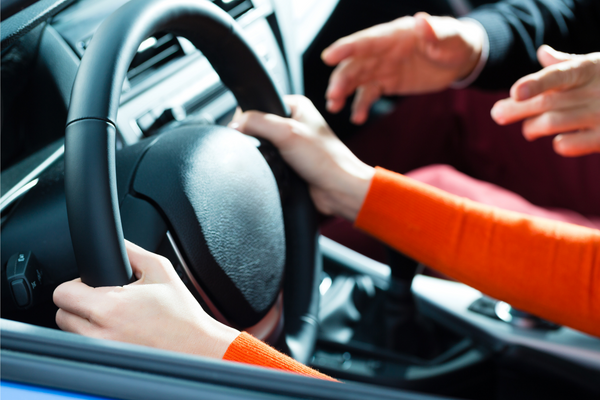
Enrolling in a driving school in the Philippines can seem like a significant expense, but the benefits far outweigh the costs. Here are eight compelling reasons to consider professional driving lessons:
✔️ Required for a Driver’s License
To obtain a driver’s license, you must complete a Theoretical Driving Course (TDC) from an accredited driving school. This requirement applies to all applicants, including those with expired permits. Completing the TDC ensures you’re prepared for the practical aspects of driving.
✔️ Learn from Certified Professionals
Many driving schools employ instructors certified by TESDA and accredited by the LTO. Learning from certified professionals means you’ll receive comprehensive training based on proven methodologies, rather than just the basics from a family member or friend.
✔️ Structured Training
Driving a car involves complex skills that require systematic learning. Driving schools follow standardized curriculums that cover essential topics like traffic rules, vehicle operation, and safe driving practices, making the learning process easier and more effective.
✔️ Reduce Accident Risk
Formal training helps you develop defensive driving skills and situational awareness, which are crucial for avoiding accidents. You’ll learn to read traffic signs, understand road safety, and anticipate potential hazards, significantly lowering your risk on the road.
✔️ Learn Car Maintenance
Driving schools often include modules on basic vehicle maintenance, helping you understand how to care for your car. You’ll learn what to check before driving, how to recognize warning signs, and how to troubleshoot common issues.
✔️ Prevent Damage to Your New Car
Using a training vehicle during lessons means your own car stays scratch-free while you hone your driving skills. This protection can save you from the costly repairs that often come with learning to drive.
✔️ Assistance with Driver’s License Application
Driving schools frequently offer support with the licensing process. Many provide vehicles for your practical driving exam, eliminating the need to rent or borrow a car. Some schools even assist with paperwork related to student permits and licenses.
✔️ Gain Confidence on the Road
Confidence is key for any driver. Professional training instills the necessary skills and knowledge to handle various driving situations, helping you remain calm and decisive during emergencies, which ultimately leads to safer driving.
By investing in a driving school, you’re not just paying for lessons; you’re gaining essential skills, knowledge, and confidence that will last a lifetime.
Top 8 Driving Schools in the Philippines with LTO Accreditation
If you’re looking to get your driver’s license in the Philippines, enrolling in an accredited driving school is essential. Not only do these schools provide the necessary training, but they also help ensure that you meet the Land Transportation Office (LTO) requirements. Below, we’ll explore the top eight driving schools across the country, highlighting their courses, pricing, and unique features to help you make an informed decision.
A-1 Driving School
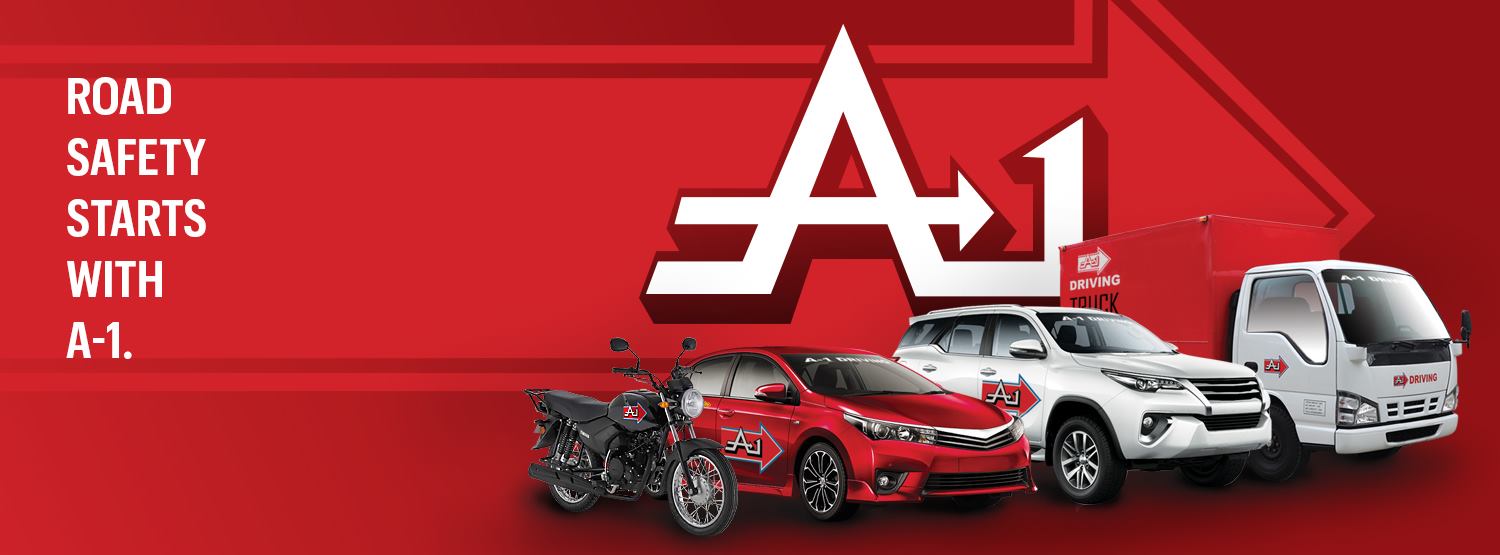
Website: a-1driving.com
Main Branch: 2 Sta. Lucia Street, Plainview, Mandaluyong City
Contact Numbers: (02) 532-2272 / (02) 532-7934
A-1 Driving School is one of the most recognized names in the Philippines, boasting over 60 branches nationwide. They offer a variety of courses tailored to the needs of the student, including:
- Premium Course: Starts at ₱5,800
- Executive Course: Starts at ₱13,000
- Rush Course: Starts at ₱7,000
- Online and Classroom TDC: ₱2,300
Their unique features include personalized lessons and flexible scheduling, making it easier for students to fit training into their busy lives.
2. Honda Safety Driving Center
Website: hondaph.com/training-courses
Main Branch: KM 17, East Service Road, South Superhighway, Parañaque City
Contact Numbers: (02) 8581-6700 to 6799
Located along a busy thoroughfare, the Honda Safety Driving Center is well-known for its comprehensive training programs. They offer courses for both motorcycle and automobile training, including:
- Basic Safety Riding Course
- Basic Safety Driving Course
- Automobile Intermediate Course
Rates vary based on the student’s experience, ensuring tailored training for everyone.
3. Precision Driving School

Website: precision-driving.com
Main Branch: 14 Stallion Street, Rancho Estate 1, Marikina City
Contact Numbers: (02) 8362-3851 / 09617454951
Precision Driving School emphasizes quality training with a structured approach. They require only four hours of practical lessons per day and offer various courses, such as:
- LTO Theoretical Driving Course: 15 hours (both face-to-face and online)
- Practical Driving Courses: Ranging from 8 to 20 hours depending on skill level
This school allows students to enroll and pay online, making it convenient for busy learners.
4. Prestige Driving School
Website: prestigedrivingschoolph.com
Main Branch: 1935 Espana Blvd. corner Craig Street, Sampaloc, Manila
Contact Numbers: 09173012132 / (02) 72189496
Prestige Driving School offers a wide range of courses, from beginner to advanced driving. They also provide free licensing assistance for various types of licenses. Their course prices vary significantly based on the student’s experience:
- Manual Course: Starts at ₱2,199
- Automatic Course: Starts at ₱3,499
- Driving Assessments: ₱500
Their multiple branches across Metro Manila make it easily accessible for students.
5. Smart Driving School

Website: smartdriving.com.ph
Branches: Numerous locations in Manila, Quezon City, Cavite, and Cebu
Contact Numbers: (02) 8534-7152 / 09069754546
Smart Driving School is known for its comprehensive training programs, including specialized courses for advanced driving skills. They offer:
- Manual Course: ₱4,400 to ₱7,680
- Automatic Course: ₱8,800 to ₱12,800
- Masteral Courses: Up to ₱57,000
Their extensive branch network makes it convenient for students to find a location close to home.
6. Socialites Driving Institute
Facebook: Socialites Driving School
Branches: Caloocan, Cubao, Antipolo, and more
Contact Numbers: 09177090314
Established in 1969, Socialites Driving School is one of the oldest in Metro Manila. They offer practical and theoretical courses, including a unique online TDC option:
- Practical Driving Course: Starts at ₱4,000
- Theoretical Driving Course Online: ₱1,700 (₱1,000 for face-to-face)
With lessons available at home, they provide flexible options for busy students.
7. Universal Driving School
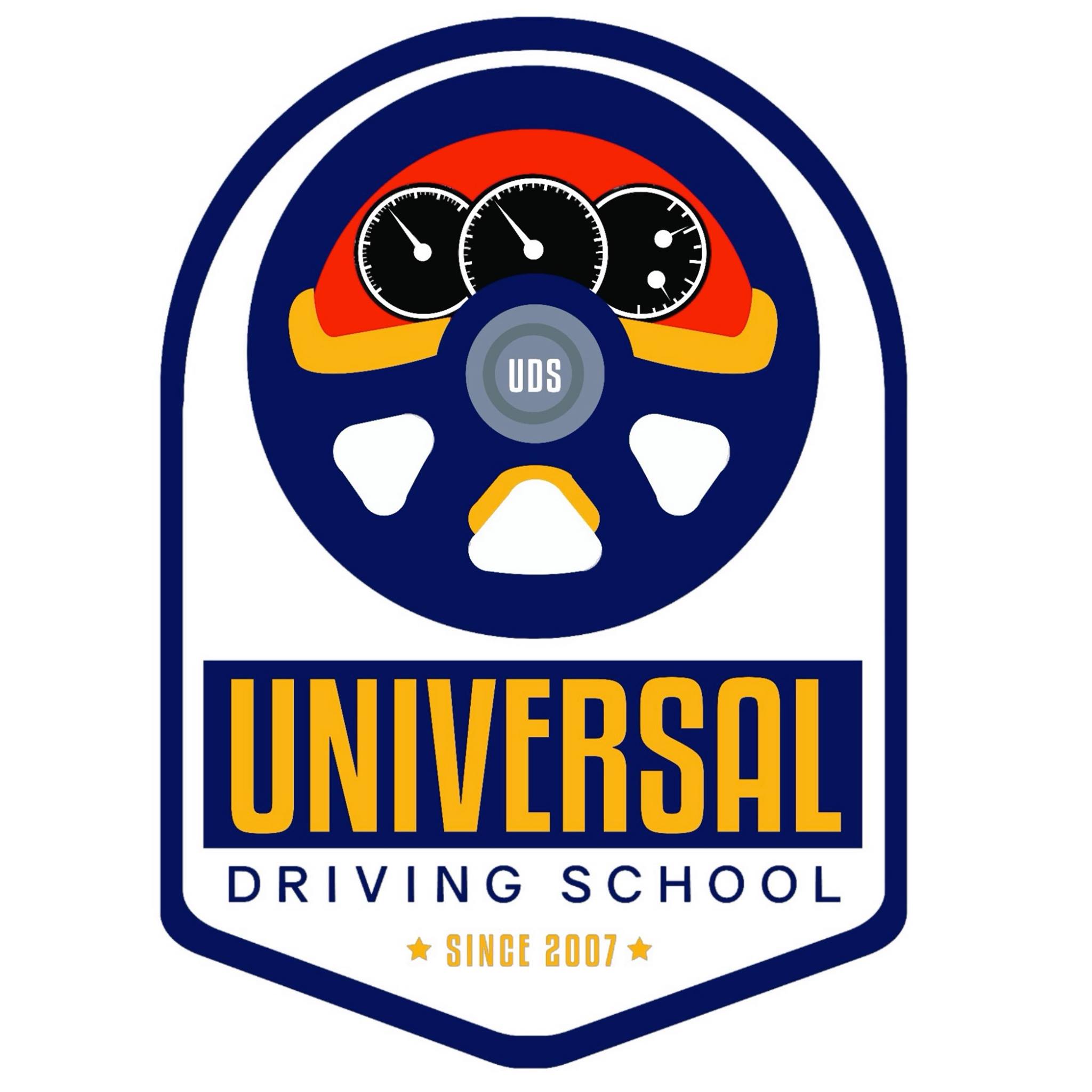
Facebook: Universal Driving School PH
Main Branch: Block 128, Lot 23, 31st Avenue cor. J.P. Rizal Extension, Makati City
Contact Number: 09176579619
Universal Driving School stands out by charging students by the day rather than by the hour, making it easier for learners to manage their schedules. They offer courses in:
- Practical Driving Course: Starts at ₱4,000
- Online Theoretical Driving Course: ₱1,600
Their focus on defensive driving and traffic rules prepares students for real-world situations.
8. Xcel Driving School
Website: xceldrivingph.com
Main Branch: 314-B Maysilo Circle Street, Mandaluyong City
Contact Number: (02) 8470-5996
Formerly known as F1 Driving School, Xcel Driving School has been a trusted name since 2007. They offer a range of courses, including:
- Online Theoretical Driving Course: ₱1,500
- Sedan Driving Course: Starts at ₱5,000 for manual
With multiple branches, Xcel provides accessible training options throughout Metro Manila.
Globe Driving School

Facebook: Globe Driving School
Branches: Quezon City and Cabanatuan City
Contact Number: 09178356517
Established in 2005, Globe Driving School is one of the more reputable driving schools in Metro Manila, known for its commitment to quality training. Though it has only a couple of branches, it offers various programs tailored for different skill levels. The school frequently runs promotions and discounts, making it an affordable option for many learners.
Driving School Prices and Courses Offered
- Theoretical Driving Course: ₱1,499
- Practical Driving Courses:
- Light Vehicle (Sedan):
- Manual: Starts at ₱4,800
- Automatic: Starts at ₱8,000
- Innova:
- Manual: Starts at ₱7,000
- Automatic: Starts at ₱9,500
- Hi-Lux: Starts at ₱8,200
Final Thoughts
Choosing the right driving school is crucial for your development as a safe and responsible driver. While costs can vary, the benefits of receiving structured, professional training far outweigh the expense. Consider what each school offers, compare their prices, and assess their locations to find the best fit for your needs. With the right training, you’ll be well on your way to becoming a confident and skilled driver.
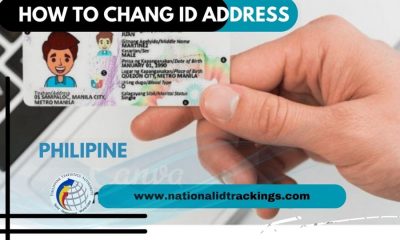
 Uncategorized5 months ago
Uncategorized5 months ago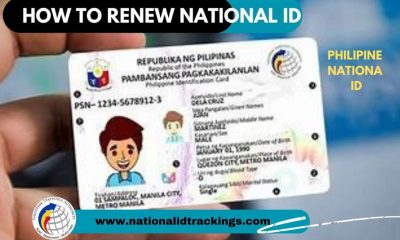
 Uncategorized5 months ago
Uncategorized5 months ago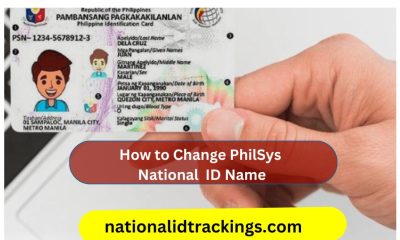
 Uncategorized5 months ago
Uncategorized5 months ago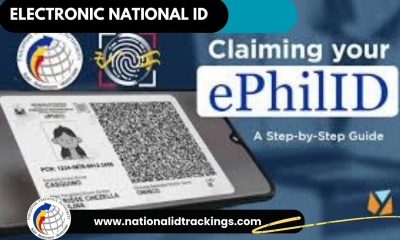
 Uncategorized6 months ago
Uncategorized6 months ago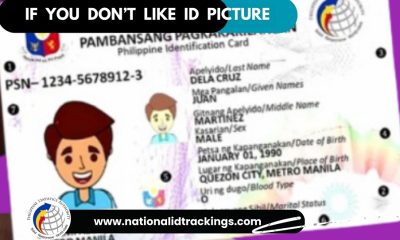
 Uncategorized6 months ago
Uncategorized6 months ago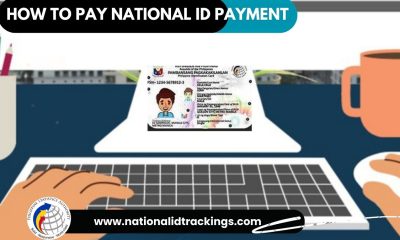
 Uncategorized5 months ago
Uncategorized5 months ago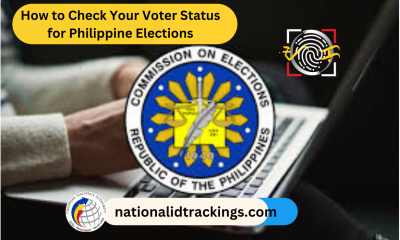
 Uncategorized5 months ago
Uncategorized5 months ago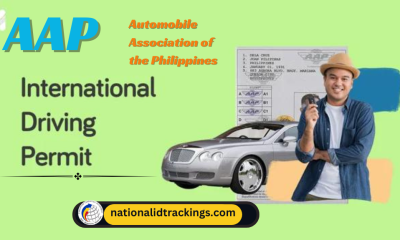
 Uncategorized5 months ago
Uncategorized5 months ago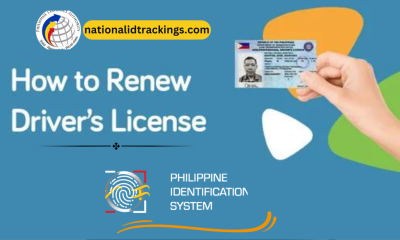
 Uncategorized5 months ago
Uncategorized5 months ago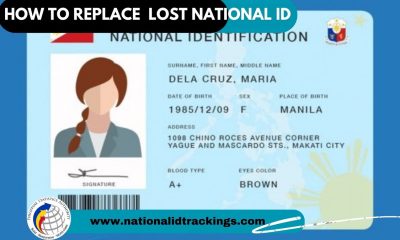
 Uncategorized5 months ago
Uncategorized5 months ago
 Uncategorized3 months ago
Uncategorized3 months ago
 Uncategorized6 months ago
Uncategorized6 months ago





